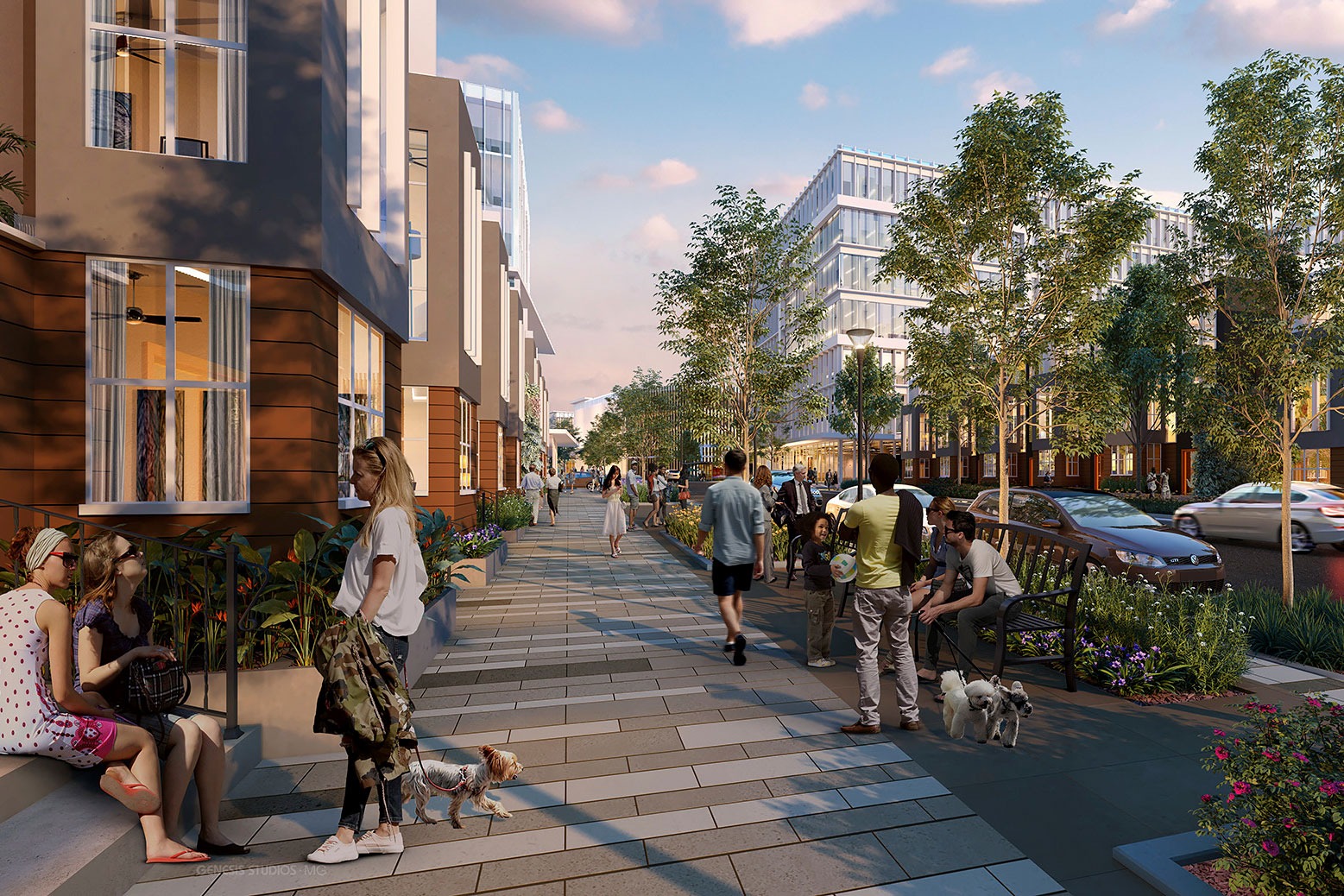How Does Architecture Promote Walkability And Active Lifestyles In Cities?

Have you ever noticed how some cities just seem more friendly and approachable than others? Perhaps it's because of how walkable they are. Designing cities for walkability can make them not only more accessible, but also healthier and more environmentally friendly. Here are some of the reasons why walkable cities are so desirable:
Improved Health
Walking has numerous health benefits, including lowering the risk of heart disease, stroke, and diabetes. Additionally, people who live in walkable cities tend to be more physically active overall, which can help with weight control and other health issues. Not only that, but walking is a great stress reliever and can help to improve mental health as well.
Better Environment
Designing cities for walkability can also help to improve the environment. By encouraging people to walk instead of drive, we can help to reduce air pollution and traffic congestion. Additionally, walkable cities tend to be more pedestrian-friendly, which can make them more enjoyable places to live and work.
Safer Streets
Designing cities for walkability can also help to create safer streets. By having more people walking around, there are more "eyes on the street," which can help to deter crime. Additionally, when streets are designed with pedestrians in mind, they tend to be more well-lit and have better visibility, which can make them safer for everyone.
More Vibrant Communities
Walkable cities tend to be more vibrant and lively than their more car-centric counterparts. By encouraging people to walk, we can create more opportunities for interaction and socialization. Additionally, walkable cities tend to have more public spaces, which can help to create a sense of community and bring people together.
Reduced Costs
Designing cities for walkability can also help to reduce costs. By encouraging people to walk instead of drive, we can help to reduce wear and tear on roads and other infrastructure. Additionally, walkable cities tend to be more affordable for residents, as they can save money on transportation costs and other expenses.
Urban Density
Designing cities for walkability can also help to promote urban density. By creating more walkable neighborhoods, we can encourage people to live closer together, which can help to reduce urban sprawl and preserve open space. Additionally, walkable cities tend to be more sustainable overall, as they can help to reduce greenhouse gas emissions and other environmental impacts.
Diverse Economy
Finally, designing cities for walkability can help to promote a more diverse economy. By creating more opportunities for people to walk and bike, we can encourage the growth of small businesses and other local enterprises. Additionally, walkable cities tend to be more attractive to entrepreneurs and other innovators, who are looking for places that are well-connected and vibrant.
Frequently Asked Questions
How can cities be designed for walkability?
There are a number of strategies that cities can use to make themselves more walkable. These include:
- Reducing traffic speed and volume
- Creating designated bike lanes and pedestrian areas
- Increasing the number of sidewalks and crosswalks
- Improving the lighting, landscaping, and public amenities on sidewalks
- Encouraging mixed-use development and creating more public spaces
What are some examples of walkable cities?
There are many walkable cities around the world, including:
- Copenhagen, Denmark
- Amsterdam, Netherlands
- Paris, France
- New York City, USA
- Portland, USA
Do walkable cities have any drawbacks?
While designing cities for walkability can have numerous benefits, there are also some potential drawbacks. For example, some people may find it challenging to walk long distances, particularly if they have mobility issues. Additionally, walkable neighborhoods can be more expensive to live in, as they tend to be located in highly desirable areas.
What are some strategies for making cities more walkable and accessible to everyone?
There are several strategies that cities can use to make themselves more accessible to everyone, regardless of their mobility level. These include:
- Installing curb cuts and wheelchair ramps at intersections
- Improving public transportation options and creating accessible stations and stops
- Encouraging the development of affordable housing and mixed-use neighborhoods
- Partnering with community groups and advocacy organizations to identify and address accessibility issues
Ultimately, designing cities for walkability is a complex process that requires collaboration between urban planners, policymakers, and community members. But by working together, we can create cities that are healthier, more vibrant, and more inclusive for everyone.




Post a Comment for "How Does Architecture Promote Walkability And Active Lifestyles In Cities?"